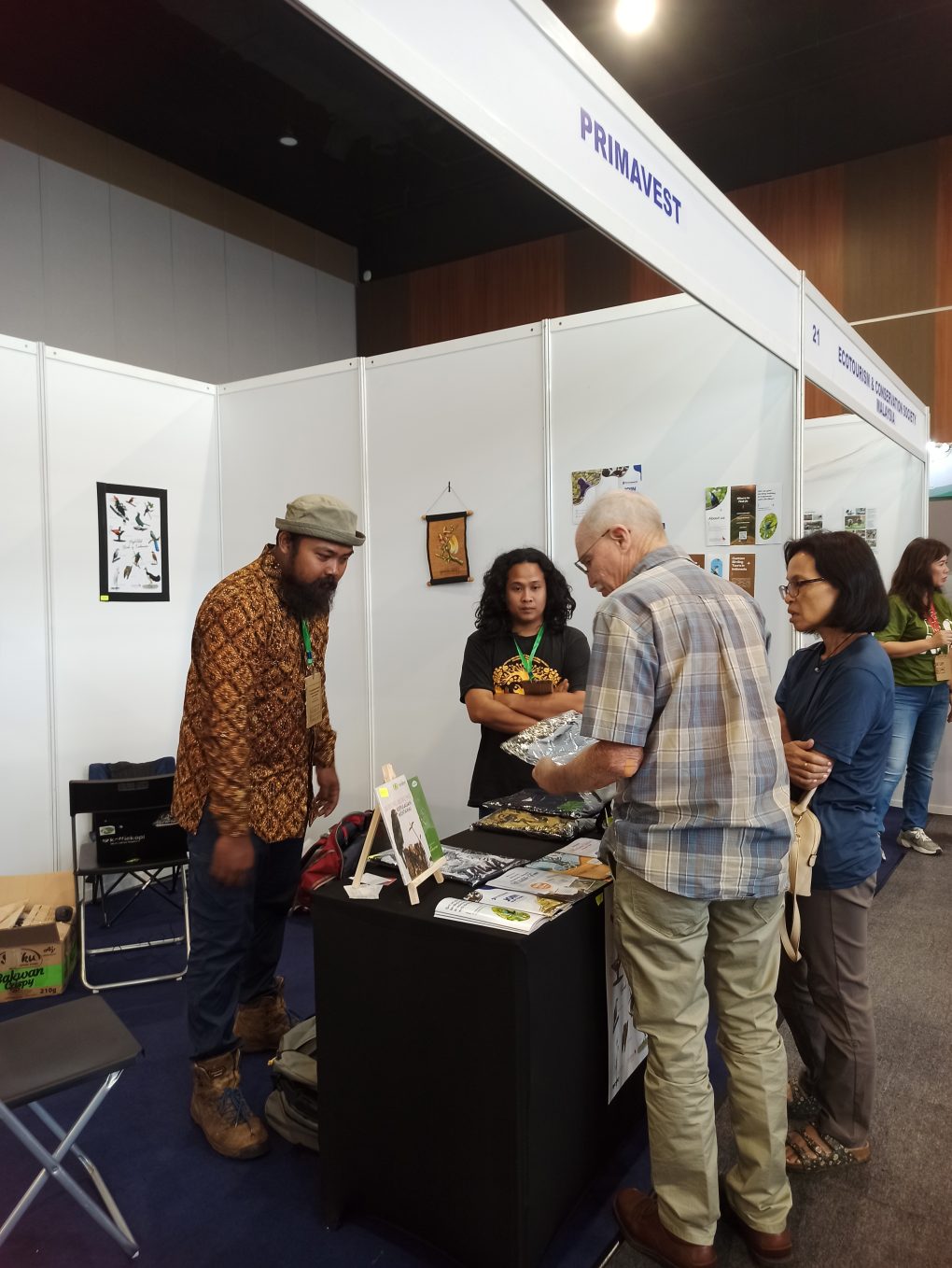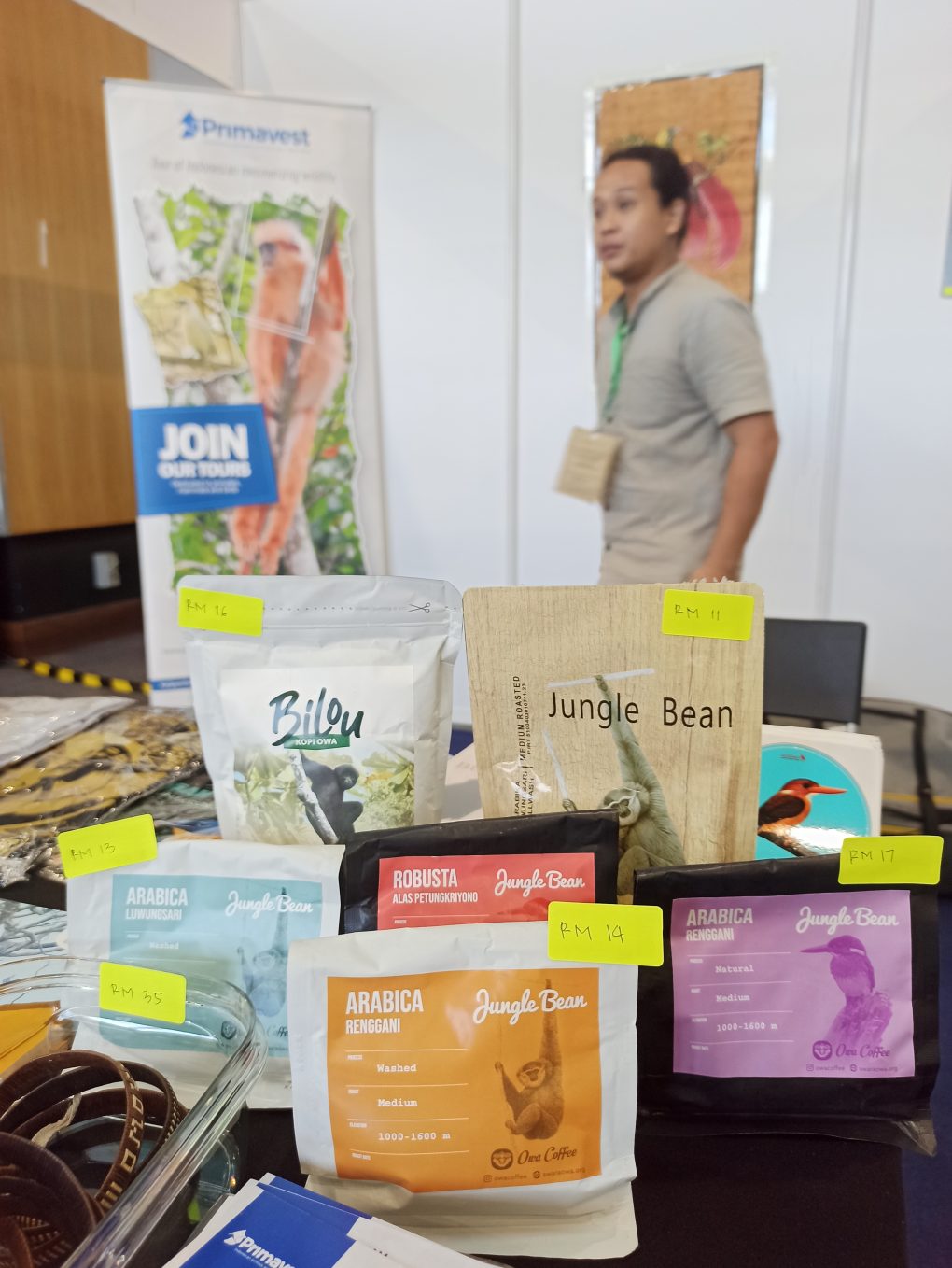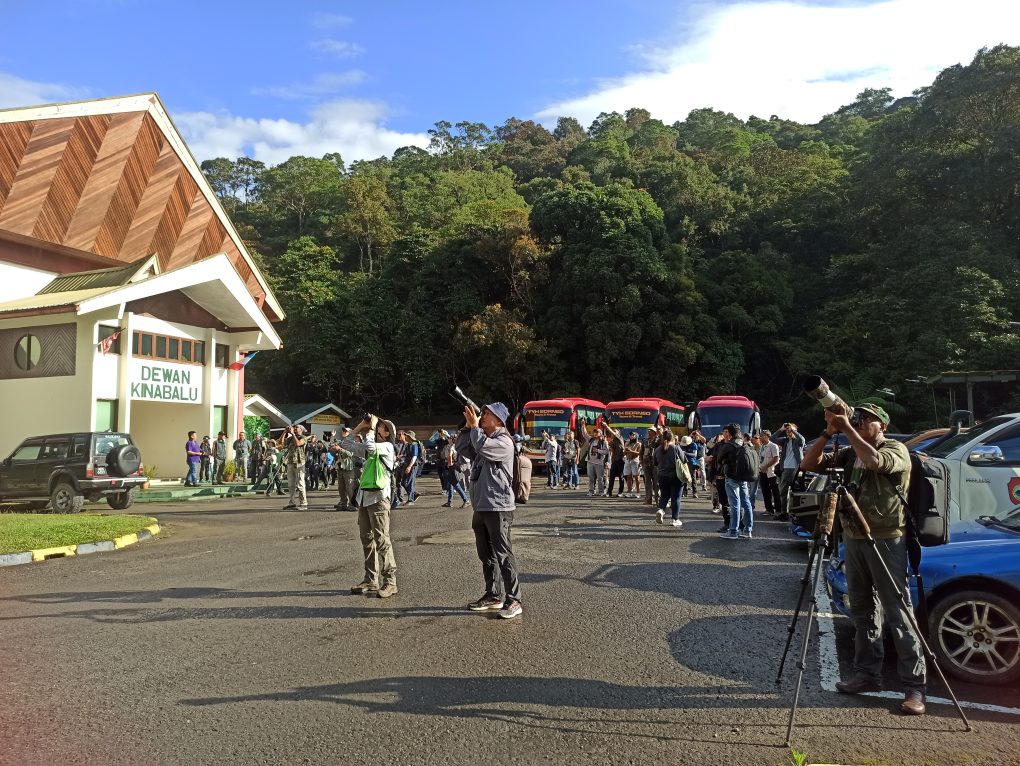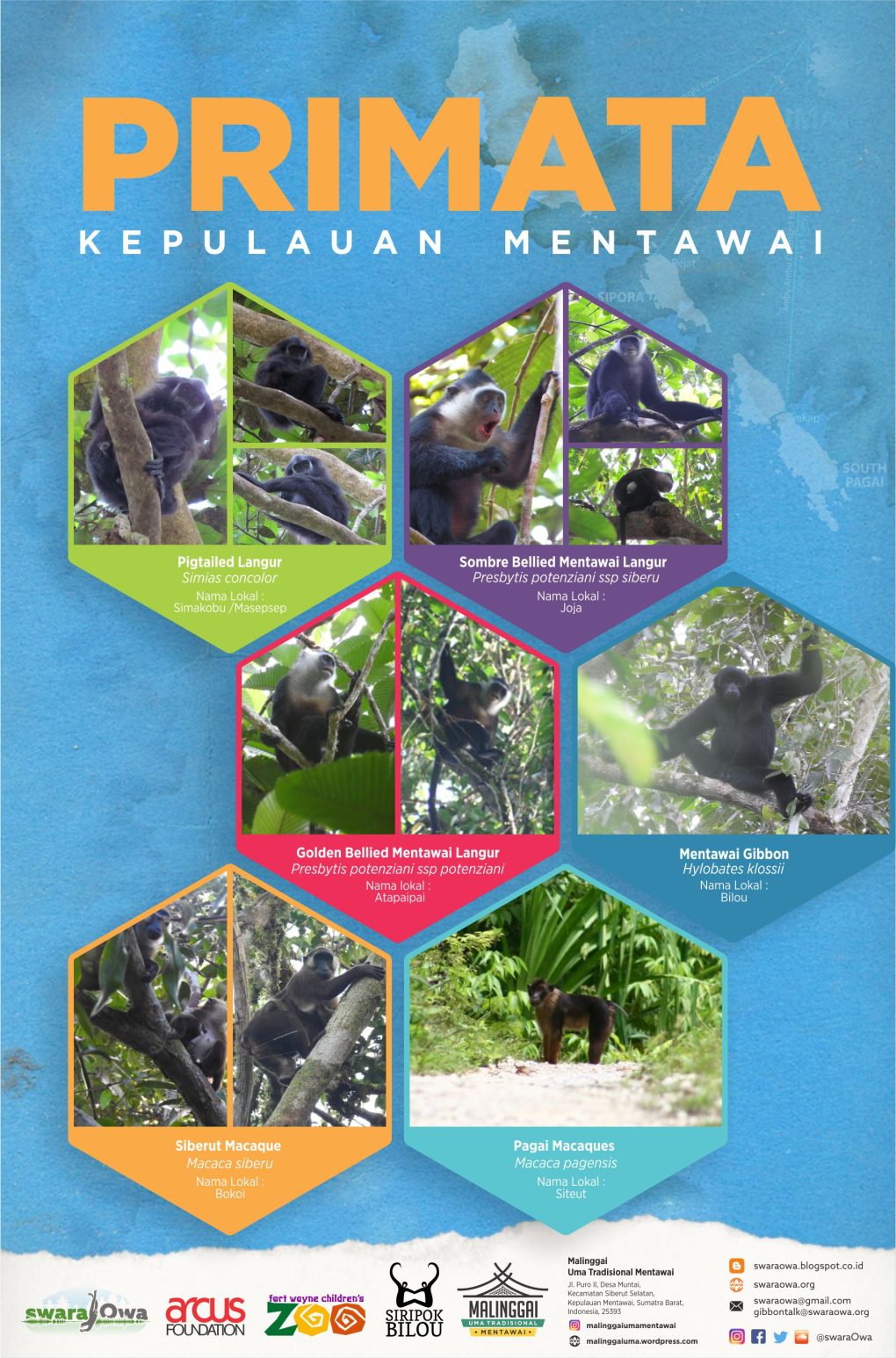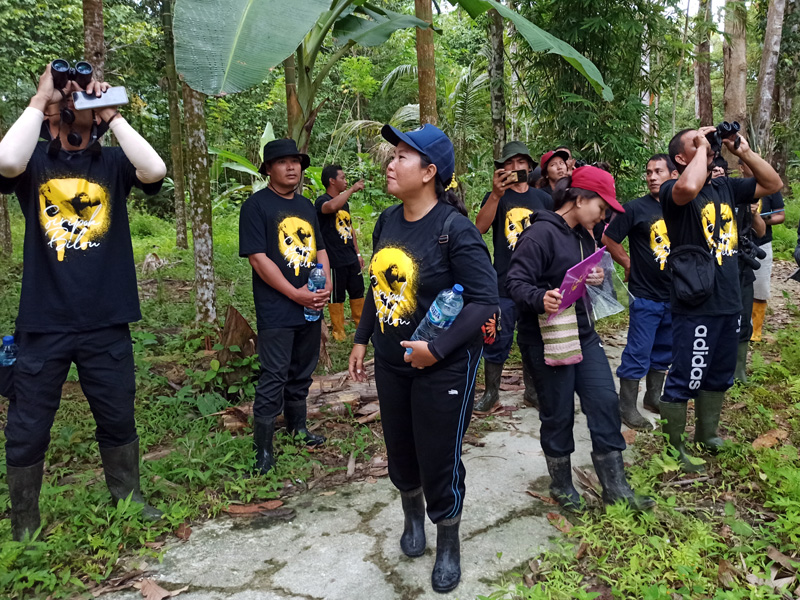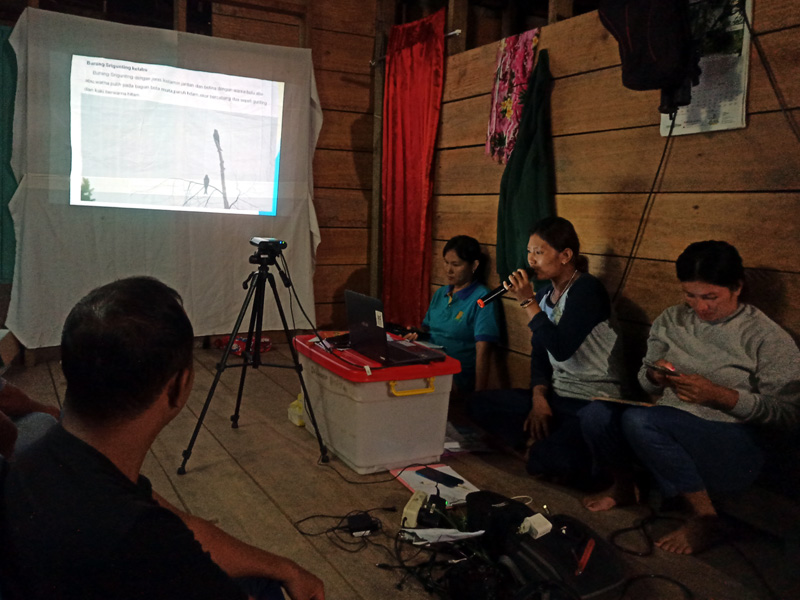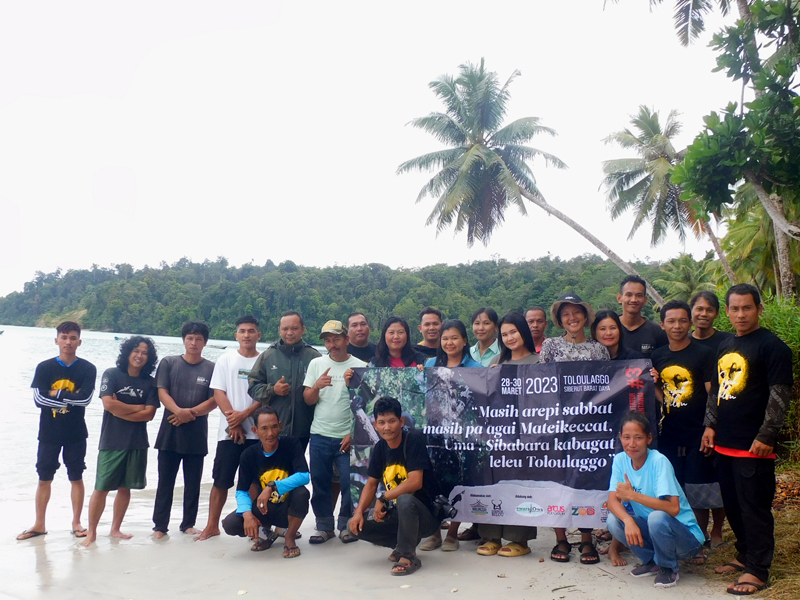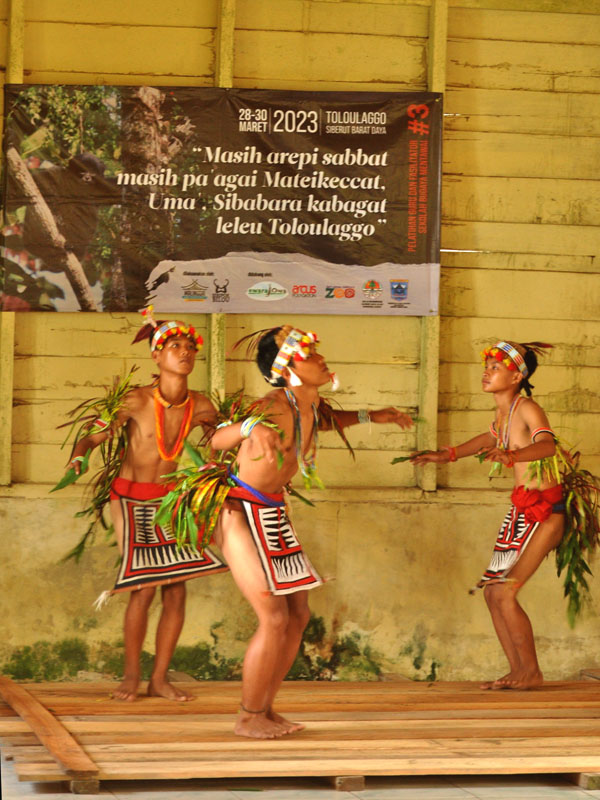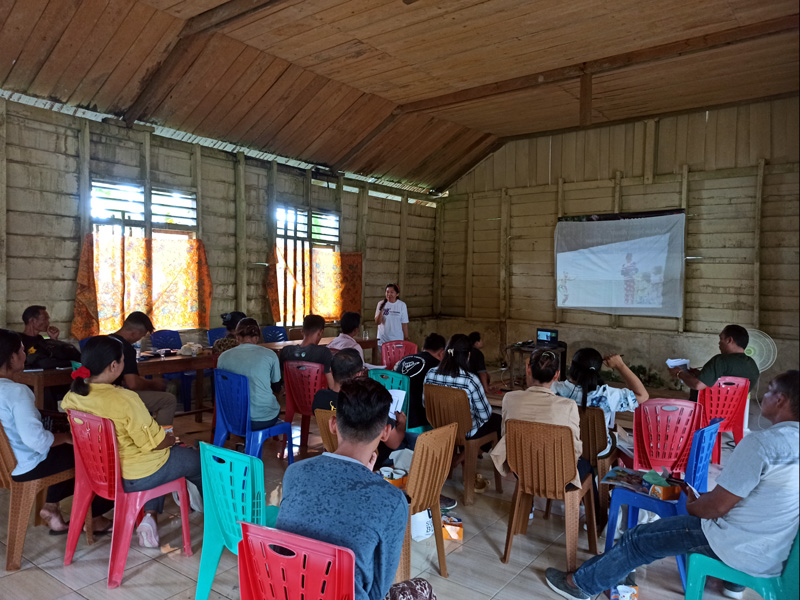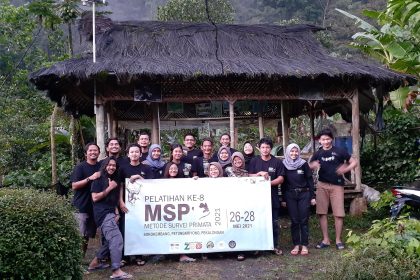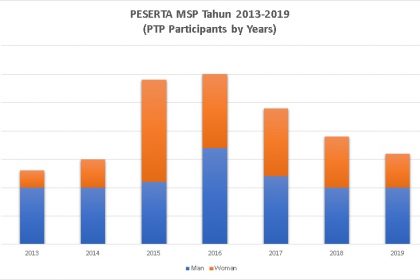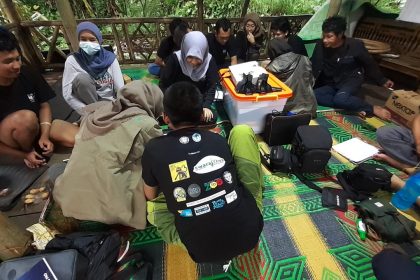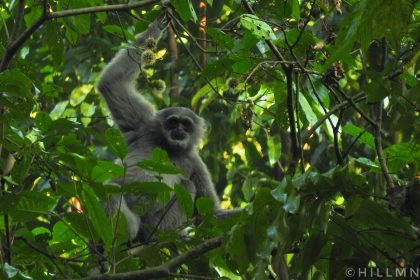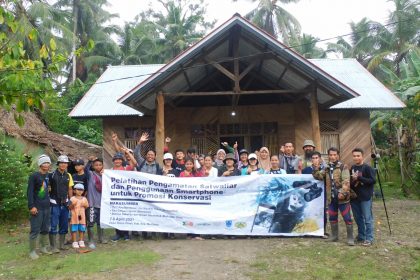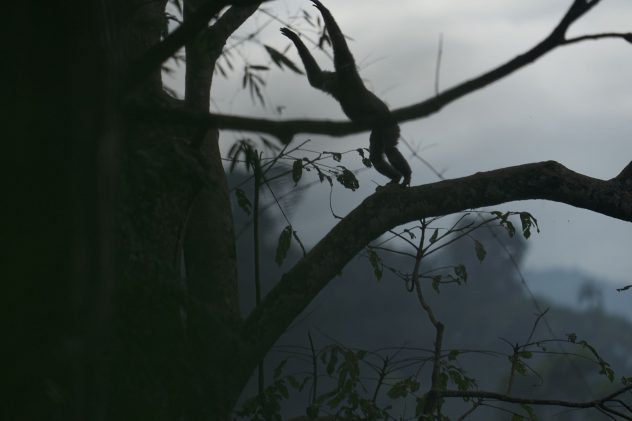
The first international primate conference held in Asia since the Covid-19 pandemic, the 8th edition of the Asian Primate Symposium took place at the Forestry Faculty of the Vietnam National University in Hanoi.
Word that the event was going to happen first went out in August 2022 and sparked some excitement on social media. The organisers hoped to attract a sizeable number of delegates from Indonesia, the single Asian country with the most primate species. I was therefore honoured to be able to represent Indonesia as a member of the scientific committee on this occasion. On behalf of SwaraOwa I and Aoliya will present and give talks in the symposium.
Vietnam has 24 species of primates, including a slow loris (Lorisidae), six species of crested gibbon belonging to the genus Nomascus, various monkeys (Cercopithecidae) and strikingly coloured langurs (Colobinae). Unfortunately, almost 90% of the primate species in Vietnam are on the verge of extinction, and 10 of these are already critically endangered.
The tragedy that was the Vietnam War has left an indelible mark on Vietnam’s culture and geopolitics that still has consequences for its biodiversity. Vietnam is one of the foremost biodiversity hotspots in Southeast Asia, but is at the same time a global centre for the illegal wildlife trade. Conservationists in Vietnam certainly have a lot on their plates as a result. Visiting Vietnam gave me an opportunity to observe first-hand how initiatives to protect nature, especially these primate species, are unfolding.
When we received the invitation to this symposium, we immediately started making plans for primate watching. Squeezing in a visit to Cat Tien National Park – or Cat Tien NP for short – before the conference was a very tempting prospect indeed. Located in southern Vietnam, it is famous for being home to the Yellow-cheeked gibbon (Nomascus gabrielle) and the Black-shanked douc (Pygathrix nigripes).
An interesting fact about Cat Tien NP is that its logo is a Javan rhinoceros. Indeed, the subspecies Rhinoceros sondaicus annamiticus once lived in Vietnam. Sadly though, the last known specimen was found dead by the authorities in 2010. The rhino is known to have been shot by poachers with its horn missing, rhino horn being one of the ingredients used in traditional Chinese medicine.
From Ho Chi Minh airport, the taxi ride to Cat Tien National Park took approximately 4 hours. Entry to the national park cost only 60,000 VND (Rp. 38,000), very affordable in comparison to Indonesia. Along the way, we had to cross a river surrounded by wetlands on one of the boats on standby from 7 am to 7 pm. For gibbon observation, Cat Tien NP charges a separate fee of 200,000 VND, because you need to be accompanied by park staff and spend the night there in order to set off at 4.30am the next day, when the gibbons usually make their morning calls. Upon hearing the gibbons call, the guide will try and determine where they are calling from and lead you towards that location. It is very difficult to spot gibbons when it is light, as they would usually have retreated into the dense upper canopy by then and there are no ideal locations from which to observe them there.

The Black Shanked Douc Langur
Although hiring a guide made a lot of sense, we ultimately chose to explore the park on our own. The roads here are very good and easily traversible on a vehicle, with only tourists being allowed to use them.
Our first encounter with a Vietnamese primate was with the Black-shanked douc, a type of langur the size of our Proboscis monkey in Indonesia. Its pelage is a combination of black and white, and its thighs a glossy black. This species is critically endangered. Like langurs in general which eat leaves, when we encounter them they are usually at rest, digesting the leaves they had eaten. There were two troops that we saw that morning, and they seemed quite habituated to the visitors.

Macaca fascicularis
On the second day we got around using bicycles we rented at the park office. The bike paths were quite well kept, but the bikes not in top condition considering the route was more than 9 km long. Observing while riding a bicycle is also not like walking where you can listen out for every rustle in the trees. But on a bike you can cover huge distances and see the various types of habitats in Cat Tien. We managed to find one troop of long-tailed macaques (Macaca fascicularis), one of macaques (Macaca leonina) and one of doucs on this day.
The symposium
There is a rather well developed culture of conservation and primate research in Vietnam, as seen from the many Vietnamese primatologists who were involved in organising the event, as well as the number of international conservation organisations supporting it. The symposium officially commenced on 14 November 2022, in the auditorium of the Vietnam National University’s Forestry Faculty. It opened with a plenary talk by Christian Roos about the diversity and genetic history of Asian primate species.
I myself gave a presentation at one of the sessions on ‘Human – Nonhuman primate interaction and conflict’ alongside four other presenters. An abstract of my presentation, entitled ‘The impact of the Covid-19 pandemic: Learning from the story of Javan gibbon (Hylobates moloch) conservation’, can be found here[https://www.three-monkeys.org/wp-content/uploads/2022/11/Full-APS-Program-Final-11_11_22_Z.pdf].
There was likewise an interesting session on the use of thermal drones to survey and monitor primate populations in Cat Tien National Park. Commercial drones available on the market are deployed at night, when primates are usually at rest and the surrounding temperatures are cooler as compared to during the day, so that the body heat of primates can be more easily detected by the camera sensor.
I chaired a session on ‘Human – Nonhuman primate interactions and conflicts’ with four presenters, incidentally all representing Indonesian organisations. The first was Octaviana Sawitri from the Centre for Orangutan Protection (COP), who discussed human – orangutan conflict in East Kalimantan. then our team, SwaraOwa’s Nur Aoliya then presented a solution to primates in Petungkriyono accidentally getting electrocuted. The third presenter was Jochen Menner. From Germany, he is works for Prigen Conservation Breeding Ark, Taman Safari, and gave a talk about the online trade in Indonesian primates. And the last talk came from Indira Nurul Qomariah from COP, who also discussed the illegal primate trade in Indonesia.
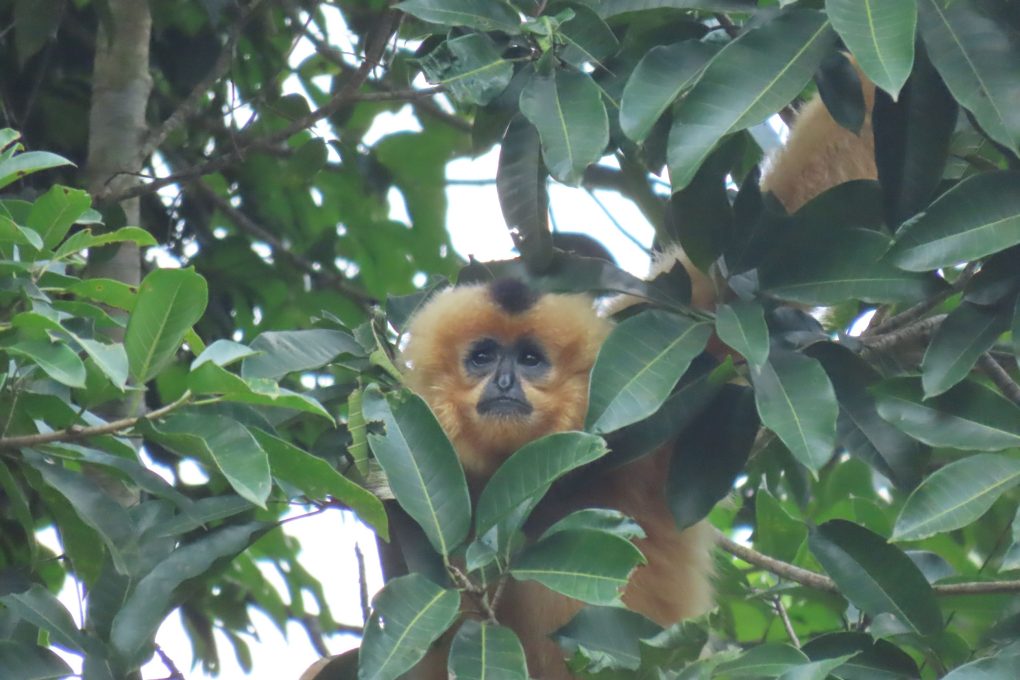
Nomascus gabrielle
Day two, 15 November 2022, saw us go on a field trip to Chuc Phuong National Park, approximately four hours away by bus. All conference participants joined in. This was in fact my second time in Chuc Phuong. It was great to visit the primate rehabilitation center there again, and also to see various other endangered species. The EPRC was founded in 1993, with the aims to help rehabilitation and rescue center for the illegal primate traded. They will be released if the conditions in the wild are suitable. Among the primates at the EPRC are douc langurs and langurs, which are very attractive. You can imagine that they would stand out even more in their natural habitat, some of which are in inaccessible areas such as karst formations.

Nomascus siki
There is also a centre for the rehabilitation and conservation of reptiles such as turtles and other mammals like pangolins and small carnivores. Some of these facilities are used for visitor education, where the staff and keepers explain their efforts to save the lives of these native animals. Sadly however, as I said at the beginning, Vietnam is a global hub for the illegal animal trade, so releasing these animals back into the wild could cause their downfall because they will likely be caught again and eaten or traded.
The two species of gibbons that I encountered, the Yellow-cheeked gibbon (Nomascus gabrielle) and the Southern white-cheeked gibbon (Nomascus siki), were in forests near the rehabilitation centre. Because they were outside the cages, they looked like they were in their natural habitat.
After Chuc Phuong, we went to Van Long Nature Reserve to do primate watching in the iconic wetland karst area, where we hoped to find more doucs. Unfortunately, it was pouring when we arrived there and the event had to be cancelled. Quite a shame because this place was renowned as the most visited primate watching destination in Vietnam before the pandemic. This marked the end of my time at the symposium in Vietnam and I returned to Indonesia the next morning.
Our thanks go to the symposium committee, especially the Three Monkey Wildlife Sanctuary. I would also like to thank IUCN SSA and Fortwayne Children’s Zoo for sponsoring my attendance in the symposium . The next edition of the Asian Primate Symposium in 2024 is likely to be held in Indonesia. See you there!
Written by Arif Setiawan, translated by T.T Chan
